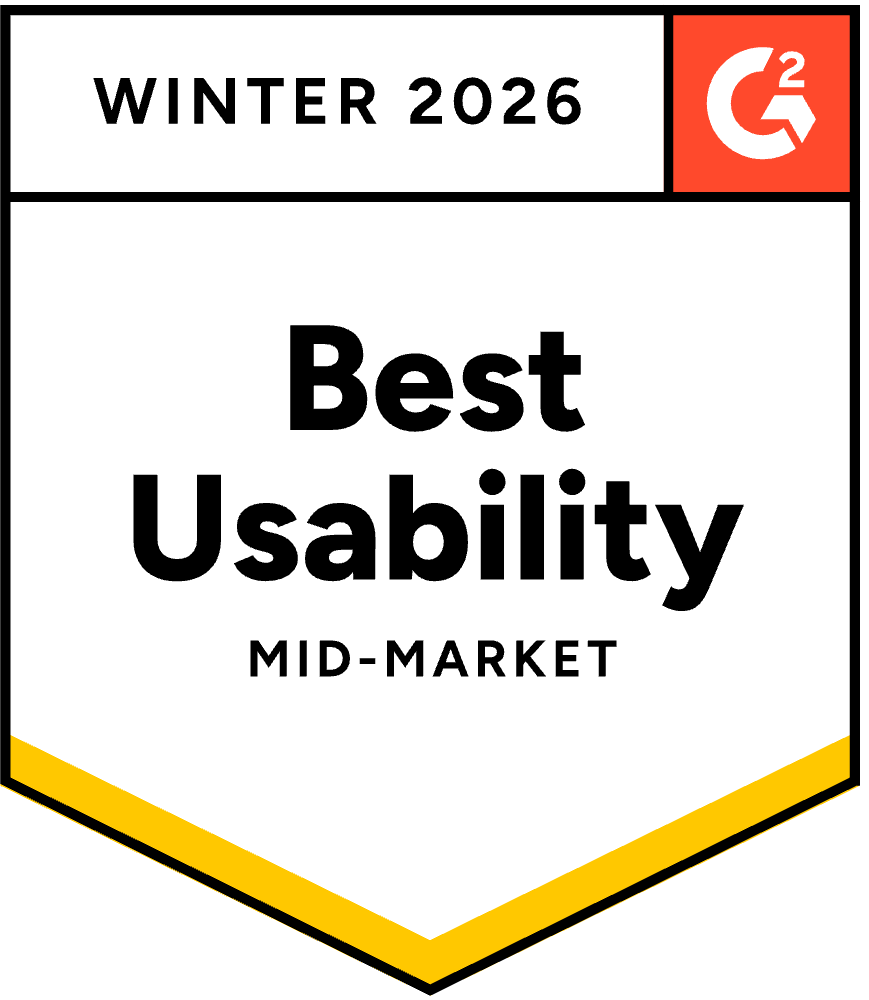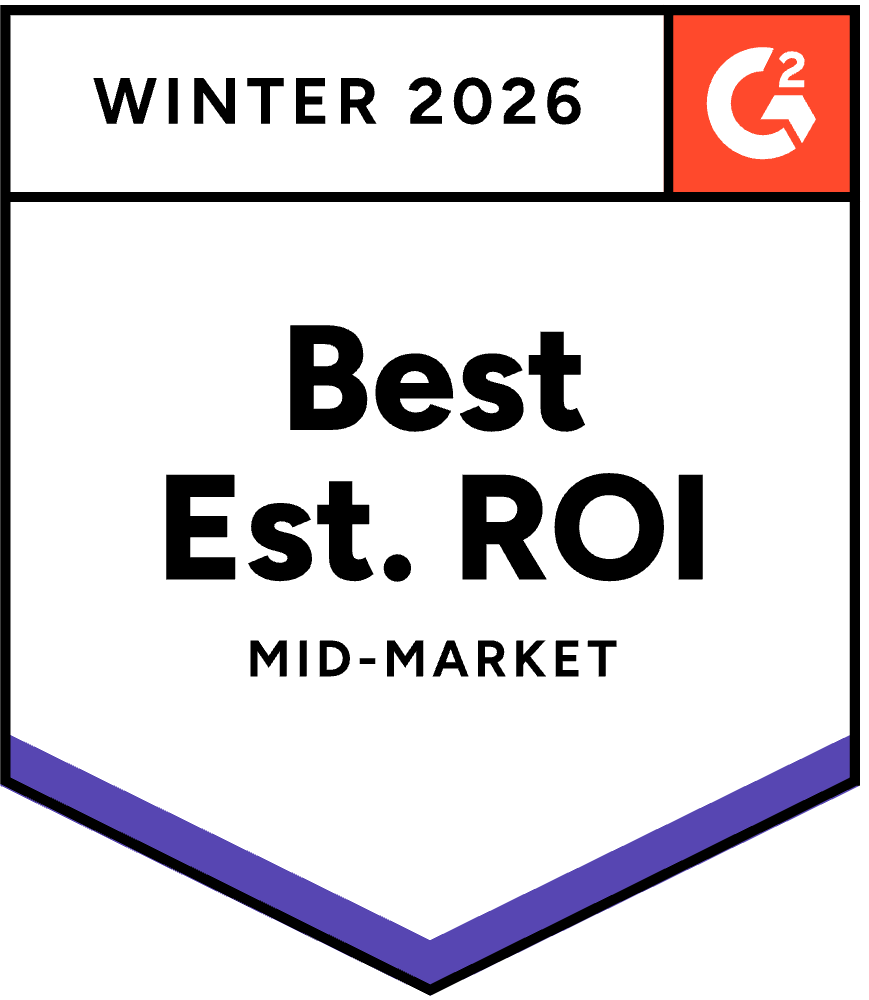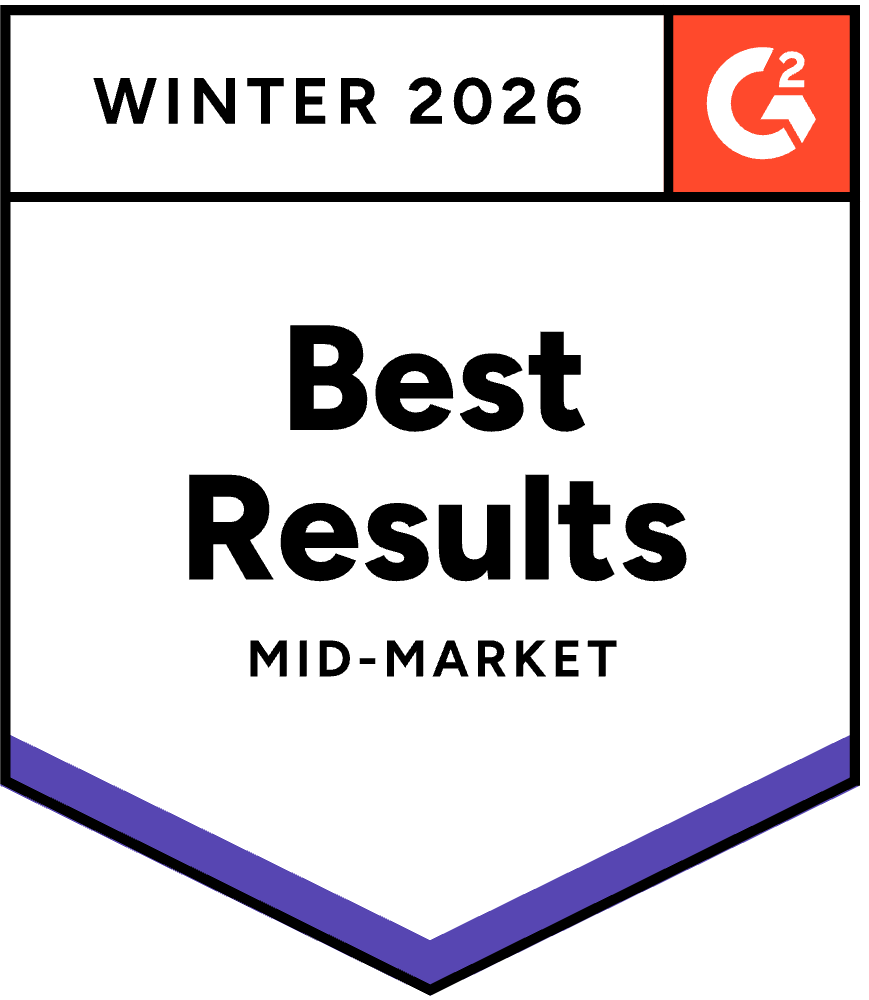What to look for when choosing a data catalog solution
Data catalog tools play a crucial role in the management and organization of data assets within an organization. With the increasing volume and complexity of data, it’s essential to have a robust data catalog solution that provides efficient data discovery, metadata management, data lineage tracking, and more. In this blog post, we will explore ten key things to consider when selecting a data catalog tool to ensure optimal data management and utilization.
1. Data discovery
A good data catalog should offer robust data discovery capabilities, allowing users to easily search and explore available datasets, tables, and other data assets. This feature enables efficient data exploration and retrieval, saving time and effort in locating relevant data.
2. Metadata management
Metadata management is crucial for understanding data sources, schema, lineage, and quality. Look for a solution that provides efficient metadata management, allowing you to capture and store relevant information about data sources, schema, data lineage, and other metadata attributes. This feature enhances data governance and ensures data credibility.
3. Data lineage tracking
Data lineage tracking is essential for understanding the origin and transformation history of datasets. A data catalog product with comprehensive data lineage capabilities enables users to track and visualize data flows, ensuring quick business impact assessment and issue resolution.
4. Data quality
Data quality assessment is vital for evaluating data accuracy, completeness, and consistency. Ensure the data catalog offers data quality features that allow users to assess and profile data, enabling them to make informed decisions and ensure data integrity.
5. Collaboration features
Look for solutions that facilitate collaboration among users. Features such as annotations and task assignments allow users to share knowledge and have full visibility of the state of the data. Collaboration features foster a culture of data literacy, knowledge sharing and enhance data utilization.
6. Data governance
Data governance is essential for ensuring compliance with regulatory requirements and internal policies. Check if the data catalog provides robust data governance capabilities, including access control, data classification, privacy, and security features.
7. Integration and connectivity
Seamless integration with data sources, databases, data lakes, and cloud storage platforms is crucial for effective data ingestion and integration. Ensure the data catalog supports integration and connectivity, enabling easy data flow between different systems and platforms.
8. User-friendly interface
Evaluate the data catalog’s user interface and user experience (UI/UX) to ensure it is intuitive, easy to navigate, and visually appealing. A user-friendly interface enhances user adoption and productivity, making data management tasks more efficient and enjoyable.
9. Scalability and performance
Consider scalability and performance, especially if you have a large and growing volume of data. Ensure the data catalog can handle increasing data assets and user demands efficiently without compromising performance, ensuring smooth operations as your data ecosystem expands.
10. Customization and extensibility
Look for a solution that offers customization options to match your specific requirements and allows extensions through APIs, SDKs, or plugins, enabling integration with existing workflows and systems.
Conclusion
Selecting the right data catalog solution is critical for effective data management. By considering these ten essential features, including data discovery, metadata management, data lineage tracking, and data quality assessment, among others, organizations can make informed decisions and ensure smooth operations, compliance, and optimal utilization of their data assets.

%2520copy%2520(3).avif)















-p-500.png)
